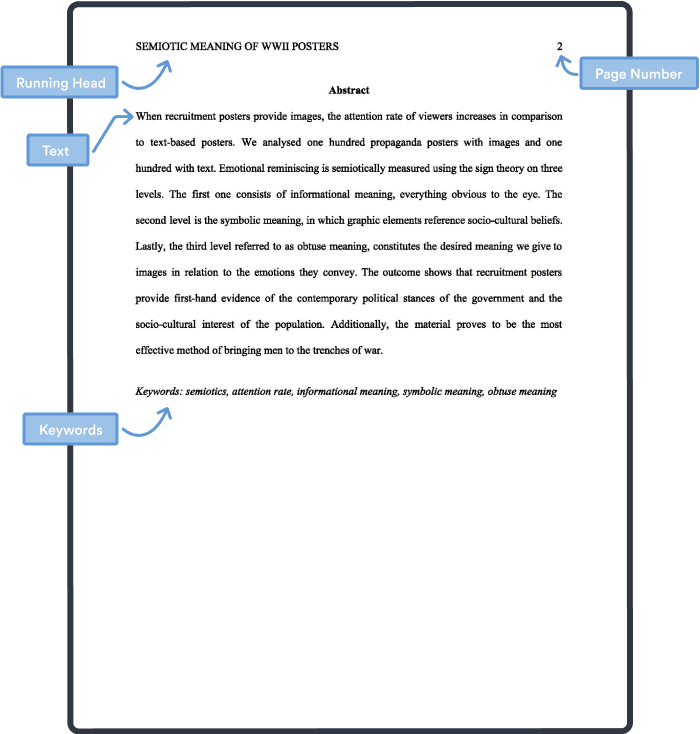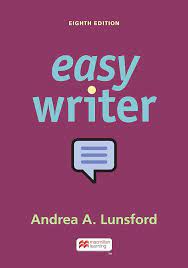In today’s fast-paced academic landscape, students are constantly seeking innovative tools and technologies to streamline their writing process and enhance their academic performance. One such revolutionary tool that has gained widespread attention is ChatGPT, an advanced AI-powered writing assistant. In this blog post, we’ll explore how ChatGPT is revolutionizing academic writing, the advancements in AI technology for writing, the implications for academic integrity, and the alternative writing services offered by Essay 24 that provide a safe and reliable solution for students.
The Evolution of Academic Writing with ChatGPT
ChatGPT, based on the powerful GPT (Generative Pre-trained Transformer) architecture developed by OpenAI, represents a significant leap forward in AI-driven writing assistance. Unlike traditional writing software or grammar checkers, ChatGPT leverages deep learning algorithms to generate human-like text based on the input provided by the user. This means that students can receive instant feedback, suggestions, and even complete essay drafts tailored to their specific needs and requirements.
One of the most significant advantages of ChatGPT is its ability to understand context, language nuances, and writing styles, allowing it to generate coherent and well-structured essays on a wide range of topics. Whether you need assistance with brainstorming ideas, outlining your paper, or refining your arguments, ChatGPT can provide invaluable support throughout the writing process.
Advancements in AI Technology for ChatGPT Essay Writing
In recent years, the field of artificial intelligence (AI) has witnessed remarkable advancements, particularly in the domain of writing assistance. These advancements have revolutionized the way students and professionals approach the writing process, offering a range of sophisticated tools and capabilities to support and enhance their endeavors.
1. Natural Language Processing (NLP): At the forefront of AI technology for writing is Natural Language Processing (NLP), a subfield of AI that focuses on the interaction between computers and human language. NLP algorithms power a wide range of writing assistance tools, from grammar and spell checkers to more advanced applications like ChatGPT. These algorithms enable machines to understand, interpret, and generate human-like text, making them invaluable companions for writers seeking to improve their writing skills and productivity.
2. Generative Pre-trained Transformer (GPT) Models: One of the most significant breakthroughs in AI technology for writing is the development of Generative Pre-trained Transformer (GPT) models. These models, such as OpenAI’s GPT-3, are trained on vast amounts of text data and can generate coherent and contextually relevant text based on a given prompt or input. GPT models excel at a wide range of writing tasks, including essay generation, summarization, translation, and more, making them versatile tools for writers across various disciplines.
3. Contextual Understanding and Generation: One of the key strengths of advanced AI writing assistants is their ability to understand context and generate text that is contextually relevant and coherent. Unlike traditional rule-based systems, which rely on rigid grammatical rules and templates, AI-powered writing assistants like GPT models can analyze the context of a given writing task and generate text that aligns with the intended meaning and style. This contextual understanding enables writers to produce more natural and engaging content that resonates with their audience.
4. Multimodal Capabilities: Recent advancements in AI technology have also led to the development of multimodal writing assistants that can process and generate text alongside other forms of media, such as images, audio, and video. These multimodal capabilities open up new possibilities for creative expression and collaboration, allowing writers to integrate a diverse range of media into their writing projects seamlessly.
5. Continuous Learning and Improvement: AI-powered writing assistants are not static tools but rather dynamic systems that continuously learn and improve over time. Through techniques such as reinforcement learning and fine-tuning on domain-specific data, these systems can adapt to user feedback, refine their language generation capabilities, and stay up-to-date with the latest trends and developments in writing styles and conventions.
The advancements in AI technology for writing have transformed the landscape of academic and professional writing, offering writers powerful tools and capabilities to enhance their productivity, creativity, and effectiveness. From natural language processing and generative models to contextual understanding and multimodal capabilities, AI-powered writing assistants are empowering writers to tackle complex writing tasks with confidence and precision. As AI technology continues to evolve, the future of writing promises even greater possibilities for innovation and collaboration across disciplines.
The Implications for Academic Integrity
While AI-powered writing assistants like ChatGPT offer undeniable benefits in terms of efficiency and productivity, they also raise important questions about academic integrity and ethical use. As the use of AI technology becomes more prevalent in academic settings, educators and institutions are grappling with the challenge of ensuring academic honesty and preventing plagiarism.
Some professors and institutions have implemented measures to track AI usage, such as monitoring student writing patterns, analyzing text similarities, and employing plagiarism detection software. However, these methods may not always be foolproof, and there remains the risk of students facing academic consequences if they are found to have used AI to create academic papers without proper attribution or acknowledgment.

The Safe and Reliable Alternative: Essay 24 Writing Services
At Essay 24, we understand the importance of academic integrity and the need for students to access reliable writing assistance without compromising their ethical standards. That’s why we offer a range of alternative writing services that provide students with the support they need to succeed in their academic endeavors.
Our team of professional writers consists of subject matter experts with years of experience in various fields of study. Whether you need assistance with a research paper, essay, thesis, or dissertation, our writers can deliver high-quality, original content tailored to your specifications and requirements.
With Essay 24, you can rest assured that your academic papers are written from scratch and undergo rigorous quality assurance checks to ensure originality, accuracy, and adherence to academic standards. Our transparent pricing model, timely delivery, and commitment to customer satisfaction make us the preferred choice for students seeking reliable writing services that prioritize academic integrity and excellence.
In conclusion, ChatGPT essay writing technology represents a groundbreaking advancement in AI, offering students a powerful tool to enhance their academic writing skills and productivity. However, it’s essential for students to use AI-powered writing assistants responsibly and ethically, taking care to avoid plagiarism and uphold academic integrity. For students seeking a safe and reliable alternative, Essay 24 provides professional writing services that deliver exceptional results while prioritizing academic honesty and integrity.












